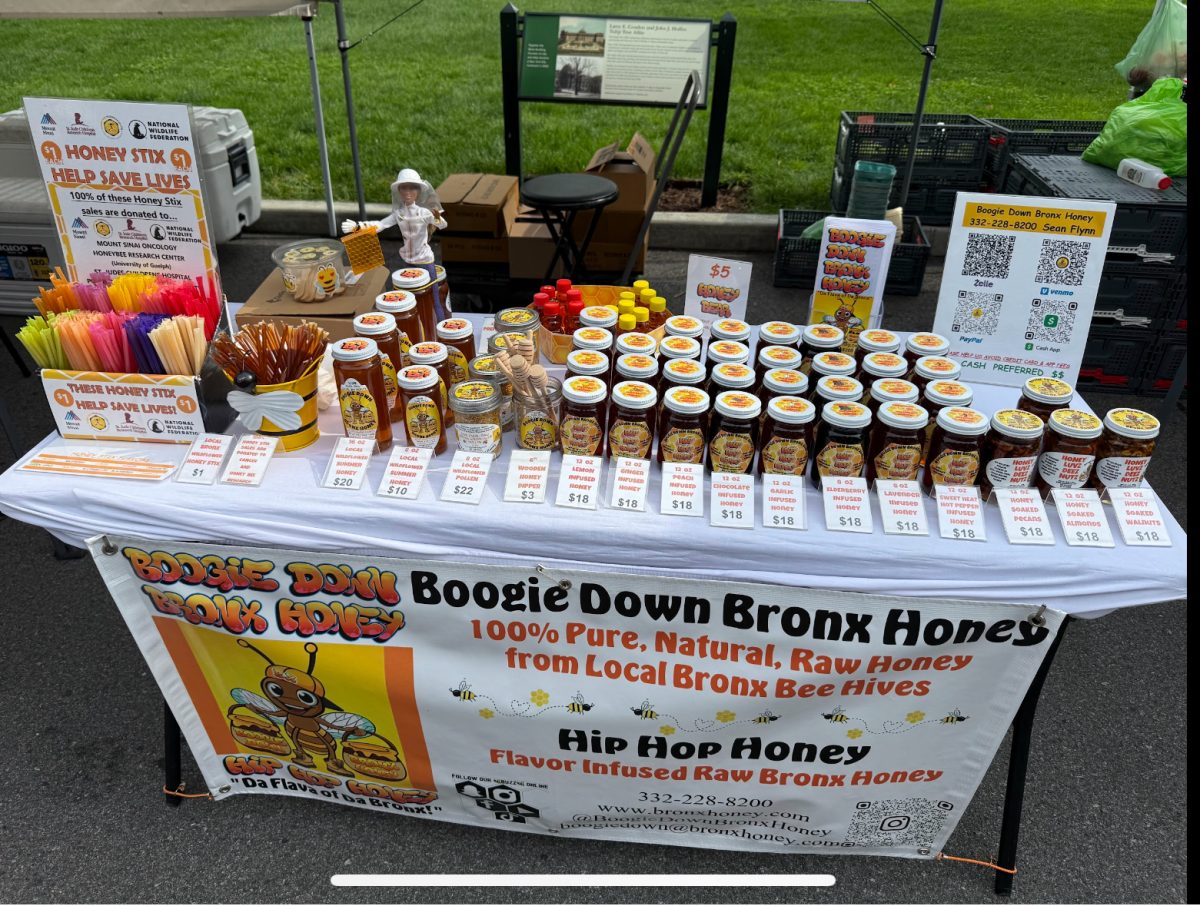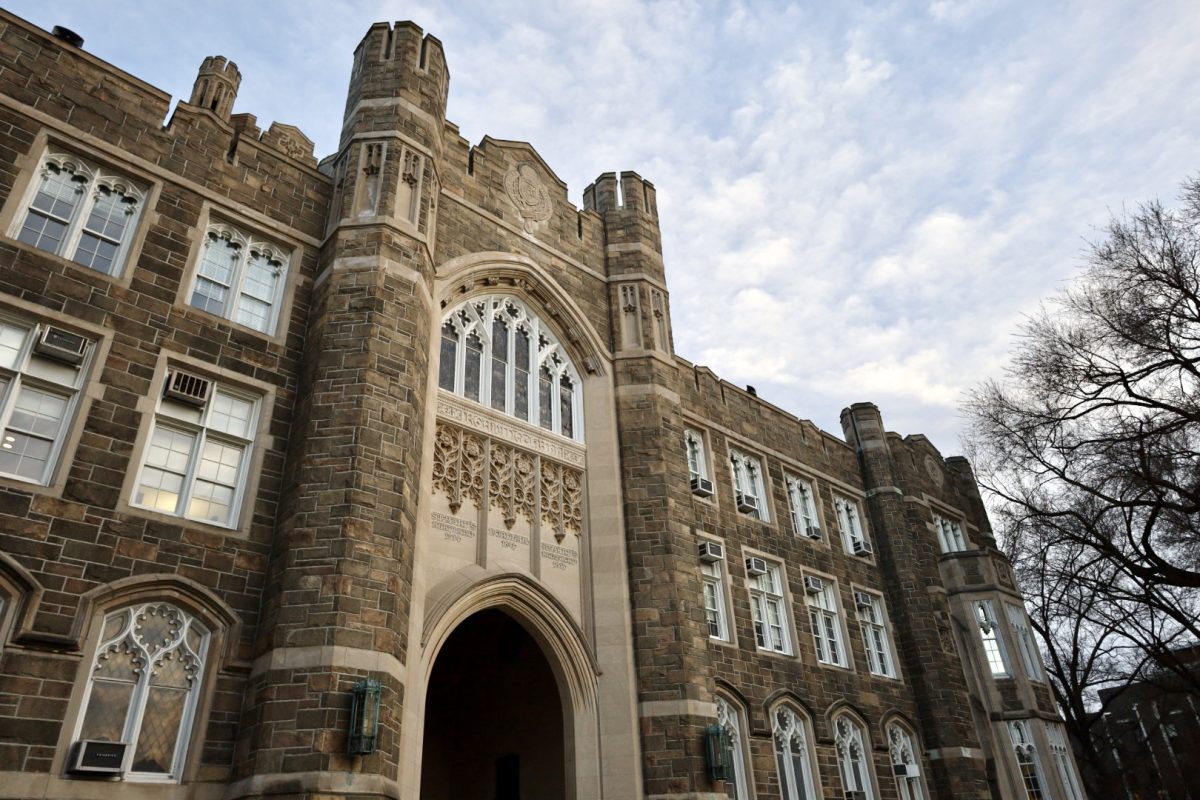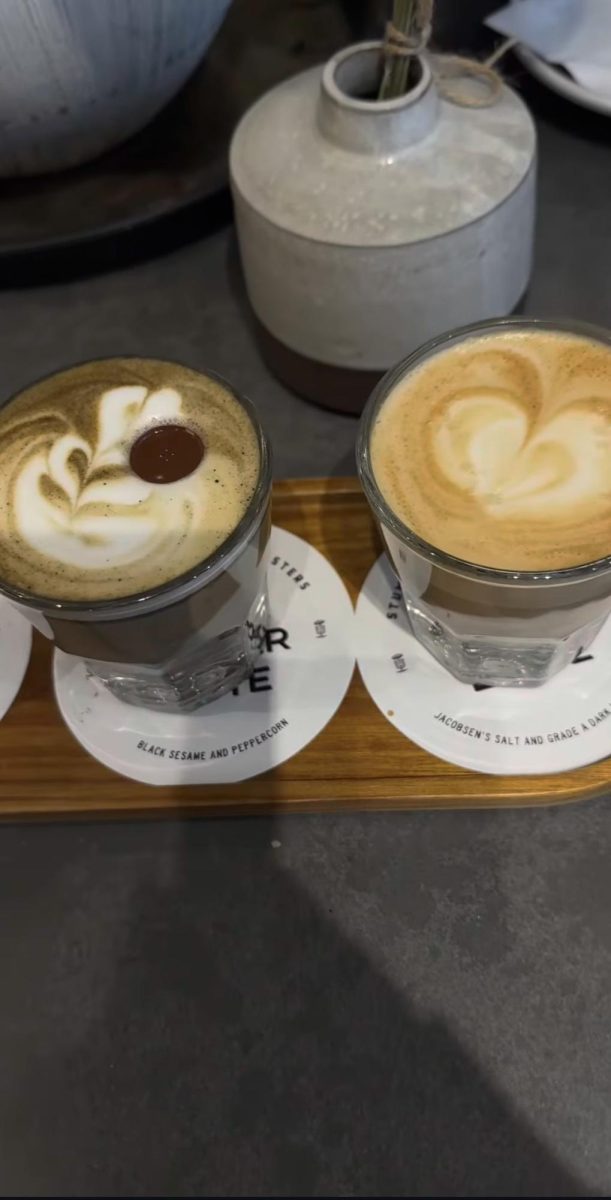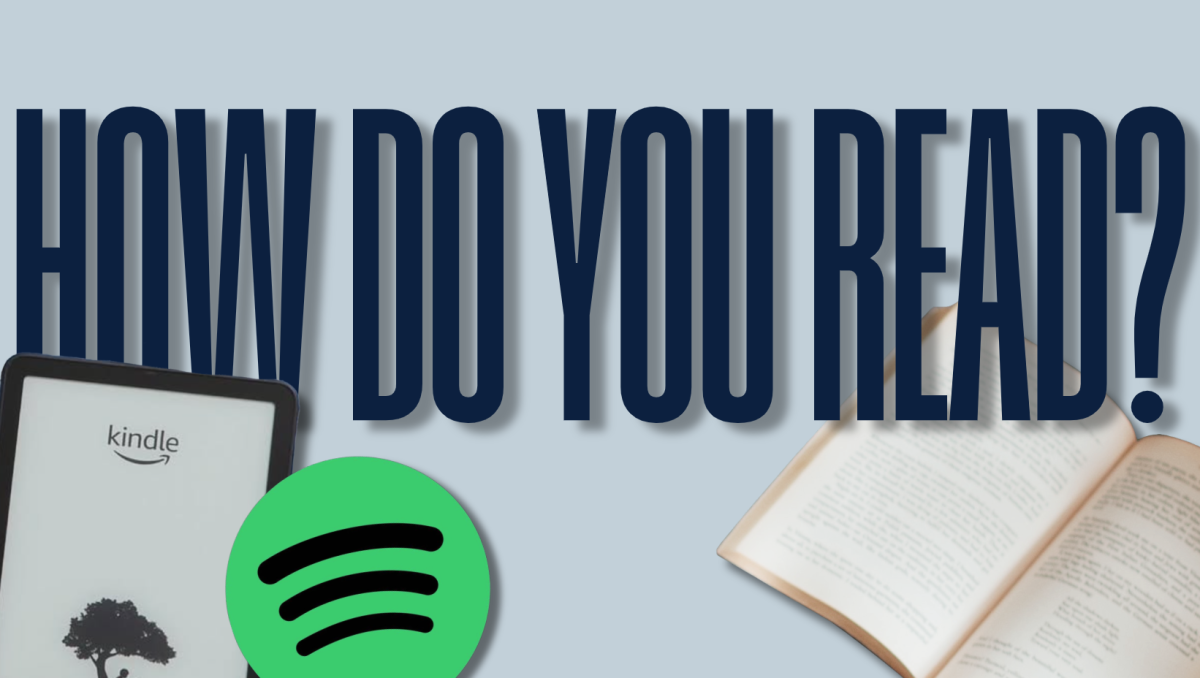Starbucks is undoubtedly one of the largest coffee chains, having 16,482 stores in the United States alone. The popularity of the coffee chain has been seeing a decrease over the past few years, but this past year in particular has seen a more significant shift away from Starbucks. Starbucks declined 10% in comparable transactions in the last fiscal quarter in the U.S. and comparable store sales decreased by 7% globally.
Some of this decline in the last fiscal year may have been caused by a social media “trend” asking customers to boycott the company due to its support of Israel after the Oct. 7, 2023, attacks. The information that had led people to participate in this boycott has since been revealed to be false; Starbucks as a company is neutral and has not done anything to supply support for either side. They did sue their unionized workers in the Workers Union for pro-Palestine posts using the company logo without permission. It is clear the company wants to remain neutral, likely to appeal to everyone. For some, this declaration of neutrality was not enough, whether they were pro-Palestine or pro-Israel. However, the popularity of the boycott and online encouragement of it has drastically decreased.
Even though it is no longer actively being boycotted at a large scale, it showed many Americans something incredible — what not spending $11 a day on coffee would do to their bank accounts.
It is undeniable that Starbucks has higher prices than its competitors. In 2018, it had an average of 38% higher costs. Switching to a different chain such as Dunkin’ Donuts or even a local coffee shop for just a month would leave the average American a fair amount more in their bank account, and a little more wiggle room there certainly doesn’t hurt.
Convenience has also been an issue for Starbucks customers this past year. This seems to make no sense at first since it can feel like there is a Starbucks on every other street corner at times; however, the wait times at Starbucks make it so that you could walk 10 minutes away from work to a local shop, wait five minutes and make the 10-minute walk back before Starbucks has started on your caramel macchiato. This summer, rushes saw up to 40-minute wait times at Starbucks. Whether someone enjoys Starbucks coffee or not begins to not matter due to it being a sheer waste of time. This even affects mobile orders, with online customers often bailing on their order due to the wait times.
Taste and quality most definitely play a factor in the choice to turn away from Starbucks. Considering their extremely expansive menu, which permits customizable and intricate orders, there is a lot to maneuver behind the scenes of a Starbucks counter. Add on the 34 orders that come in at once during a rush that leads to those 40-minute wait times and quality control flies out the window. Their menu also makes it so that mastery of basic drinks is not always achieved. Starbucks has fallen into a simple issue of putting quantity over quality.
Cadence Wahl, FCRH ’26, voiced her opinion on the shift away from Starbucks. “I prefer to get my coffee from Dunkin’ Donuts or Target brand French brew because I feel like Starbucks has a wide gap between the quality of coffee versus the price of coffee,” said Wahl. “I think that ever since the start of Starbucks, its coffee quality has been going down while the prices are going up! I think other companies have to overcompensate for that. Coffee overall is definitely dependent upon your own taste, but I do sometimes think that if someone chooses Starbucks, for example, then they are choosing the brand over the quality.”
When asked her opinions on Starbucks, Isabella Roccanova, FCRH ’25, said, “I think the oleato was the stupidest idea they’ve ever had and I praise any and all higher beings that they’ve finally gotten rid of it.”
Thankfully, Starbucks will reportedly implement and change some procedures to help regulate their output and hopefully generate some more income. Their new CEO Brian Niccol has overseen the revival of Taco Bell and Chipotle before and sees great potential for Starbucks to recover as well. His goal is to ultimately improve the customer experience. Moves to create this experience include bringing back the condiment bar to all locations, getting rid of upcharges for non-dairy milk options, installing a new brewing appliance called the Clover Vertica, using mugs for guests who want to enjoy their drinks in-store to bring back the true coffeehouse experience and decreasing the number of menu items. Niccol also proposes decreasing the number of deals and promotions offered, such as rewards on the app, which customers are not exactly looking forward to. Nonetheless, Niccol wants to bring Starbucks closer back to its roots as a coffeehouse in hopes that integrity will bring back previously loyal customers.












































































































































































































